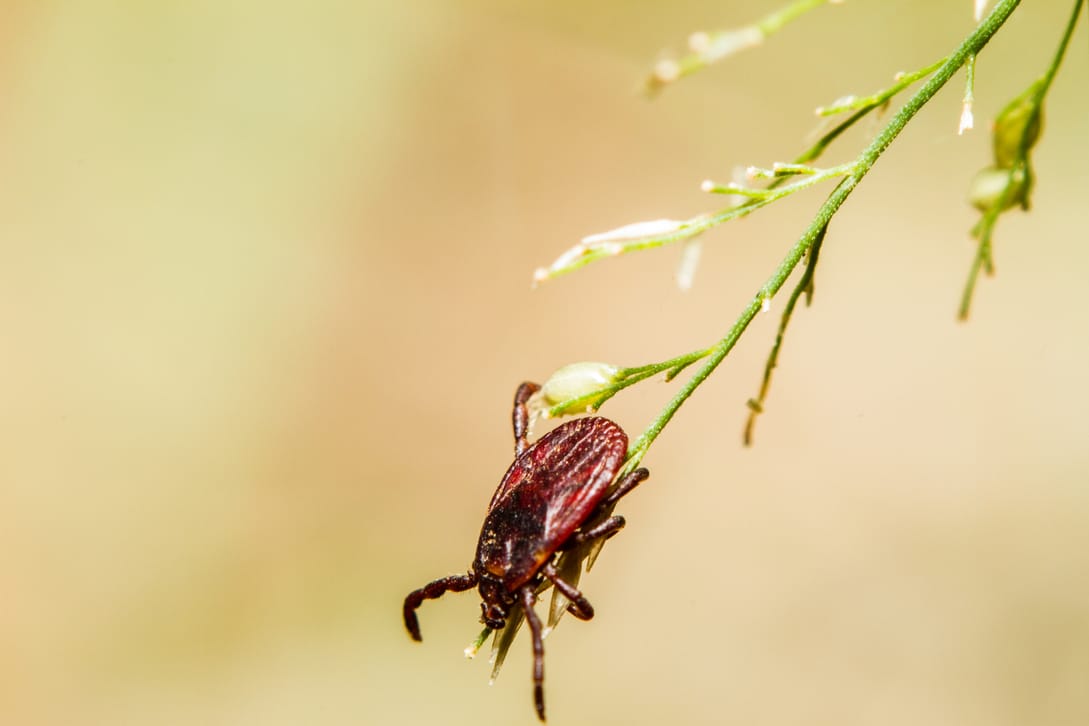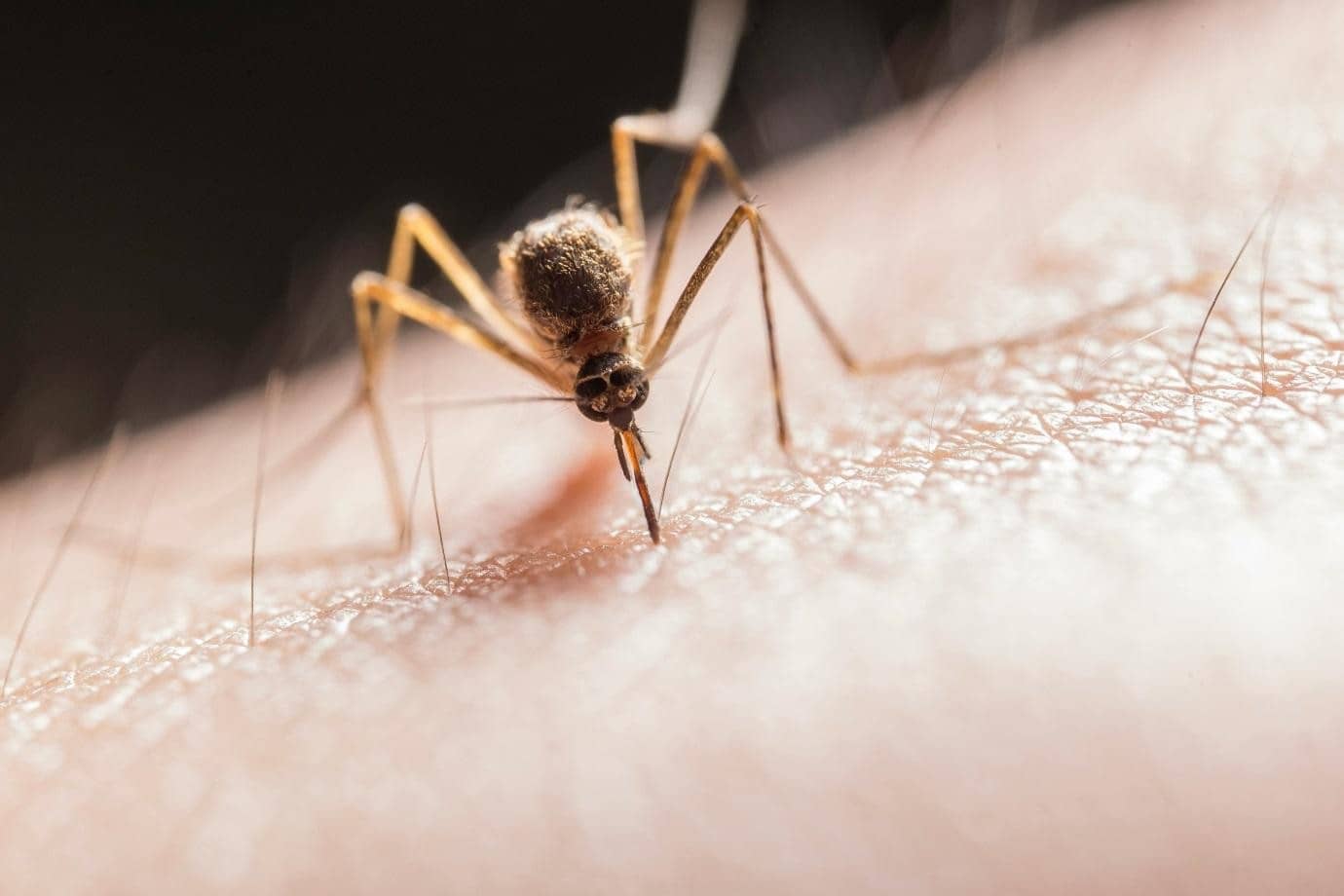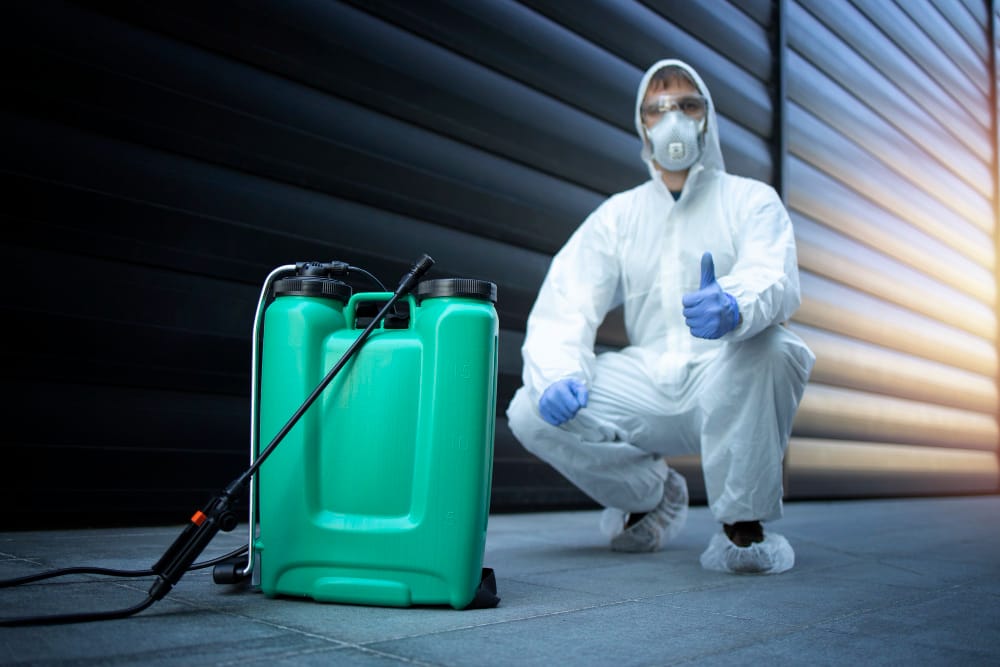Small arachnids called ticks frequently go unseen until they cause problems. Ticks can offer serious health hazards to both humans and animals, even though mosquitoes may get all the attention when it comes to annoyance-causing bugs. We must go into the fascinating life cycle of these insects to fully grasp the significance of tick management for the people of Farmington, Connecticut.
The Four Stages of a Tick’s Life
Ticks have a four-stage life cycle, similar to many other insects and arachnids: egg, larva, nymph, and adult. For tick control to be successful, it is crucial to comprehend these phases.
Egg stage
The life cycle starts at the egg stage, when a female tick lays her eggs, frequently in leaf litter or tall grasses. Ticks breed a lot, and some species can produce thousands of eggs at once. Controlling these eggs is tough since they are small and concealable.
Larval Stage
Larvae are what remain of the eggs when they hatch. The size of a pinhead, these six-legged insects are typically light in color. The majority of larvae’s diet consists of small herbivorous creatures like rodents, birds, and reptiles. Here is where they initially come into contact with potential hosts, such as people.
Nymph Stage
After consuming their first blood meal, larvae molt to become eight-legged nymphs. Although still quite little, nymphs are bigger than larvae. The stage where they can spread diseases to people and animals is when they are still looking for hosts to feed on blood.
Adult Stage
After a molting process, nymphs develop into adult ticks, which are the biggest and most observable stages of the tick’s life cycle. Ticks normally look for a host to feed on for their last blood meal, after which the females lay eggs and the cycle begins again. Diseases including Lyme disease, Rocky Mountain spotted fever, and anaplasmosis can all be spread by adult ticks
The Importance of Tick Control
Now that we are aware of the tick life cycle, it is obvious why pest control is so important, especially in areas with a high tick population like Farmington, Connecticut. Why it matters to you is as follows:
Disease Transmission
Ticks can carry and spread several illnesses, some of which can have serious health effects on both people and animals. The most well-known tick-borne disease, Lyme disease, can cause chronic symptoms if not treated right away. The danger of disease transmission can be decreased with effective tick management.
Prevention
You can stop tick infestations on your property by removing ticks at different phases of their life cycles. Regular tick prevention techniques, such as yard treatments and pet protection, can greatly lower the risk of coming into contact with ticks.
Peace of Mind
It can be reassuring to know that you’ve taken precautions to shield your loved ones and pets from diseases spread by ticks. Enjoy being outside without worrying about tick bites all the time.
Eco-Friendly Solutions
Numerous tick-control strategies at Mosquito Stop are both environmentally responsible and secure for your family and pets. Professional pest control services can provide customized solutions that reduce damage to the environment and beneficial insects.
Conclusion
Understanding the tick life cycle is crucial for pest control in Farmington, Connecticut, where ticks are a common problem. You can lower the chance of contracting diseases carried by ticks and enjoy your outdoor spaces with peace of mind by focusing on ticks at different stages of their life cycles and taking preventive measures, such as mosquito eradication and tick treatments. Recall that prevention is the key to tick control. Therefore, be sure to act and safeguard your loved ones from these little but possibly harmful parasites. Feel free to contact Mosquito Stop if you need tick or mosquito control in Farmington, CT.




